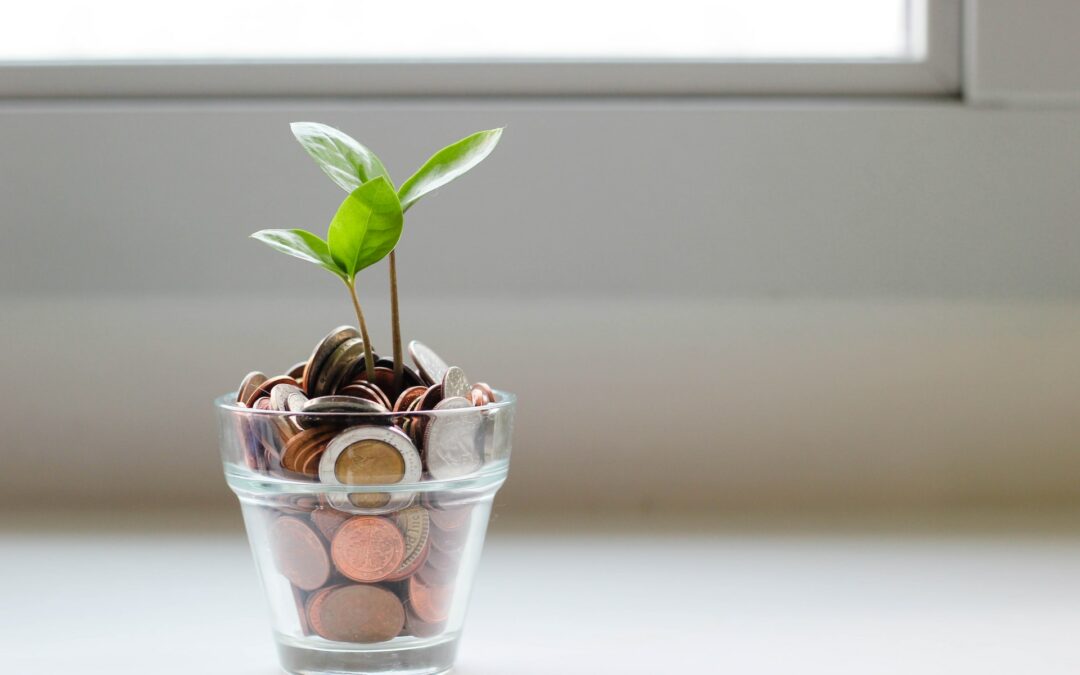In the pursuit of a fulfilling and meaningful life, striking a delicate balance between the spiritual and material realms is a journey worth undertaking. Achieving equilibrium between these aspects can lead to a sense of wholeness and purpose that transcends the boundaries of our everyday existence.
**1. Embracing Spiritual Awareness:**
Spiritual balance begins with cultivating awareness. Taking time for introspection, meditation, or mindfulness practices allows individuals to connect with their inner selves, fostering a deeper understanding of their spiritual needs and aspirations.
**2. Defining Your Values:**
Identifying core values is crucial in establishing spiritual balance. These values serve as guiding principles that shape decisions and actions, providing a compass for navigating the complexities of life while staying true to one’s authentic self.
**3. Material Well-Being as a Facilitator:**
Material balance complements spiritual harmony by addressing the practical aspects of life. It involves responsible financial management, career development, and maintaining a healthy work-life balance. Material well-being serves as a facilitator, supporting the pursuit of spiritual goals.
**4. Cultivating Gratitude:**
Gratitude bridges the spiritual and material realms, reminding individuals to appreciate the abundance in their lives. Practicing gratitude helps shift the focus from what is lacking to what is present, fostering contentment and a sense of spiritual richness.
**5. Mindful Consumption:**
Achieving material balance involves mindful consumption. This means making intentional choices about the things we bring into our lives, whether it be possessions, relationships, or experiences. Mindful consumption aligns material pursuits with our spiritual values.
**6. Connecting with Nature:**
Nature serves as a powerful conduit for spiritual rejuvenation. Spending time outdoors, appreciating the beauty of the natural world, and engaging in activities that foster a connection with nature contribute to both spiritual and material well-being.
**7. Practicing Generosity:**
Balancing the material and spiritual realms includes a commitment to generosity. Acts of kindness, philanthropy, and sharing one’s resources with others not only contribute to the well-being of the community but also enrich the giver’s spiritual life.
**8. Setting Intentional Goals:**
Striking a balance requires setting intentional goals that encompass both spiritual and material dimensions. These goals should align with personal values, allowing individuals to pursue a purpose-driven life that integrates both realms harmoniously.
**9. Creating Rituals and Routines:**
Establishing rituals and routines provides structure to daily life, incorporating spiritual practices alongside practical activities. Whether it’s morning meditation, evening reflection, or moments of gratitude, these rituals contribute to a sense of balance.
**10. Continuous Reflection and Adaptation:**
Achieving and maintaining balance is an ongoing process. Regular reflection, self-assessment, and adaptation are essential. As circumstances change, individuals can recalibrate their approach to ensure that both spiritual and material aspects remain in harmonious alignment.
In conclusion, the pursuit of spiritual and material balance is a dynamic and deeply personal journey. By consciously integrating these dimensions into daily life, individuals can create a harmonious existence that transcends the dichotomy often perceived between the spiritual and material realms. The key lies in recognizing the interconnectedness of these aspects and embracing a holistic approach to well-being and fulfillment.

